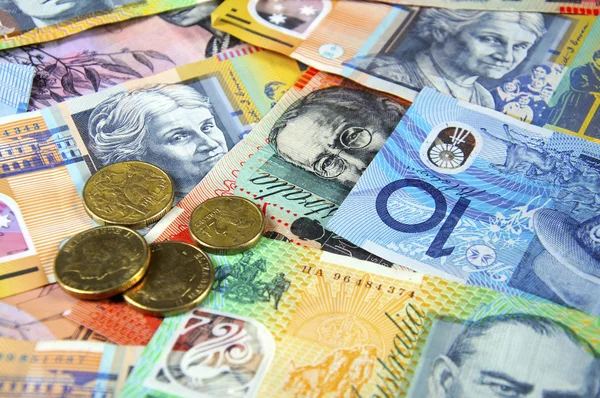As the Australian foreign trade figures for February and China’s Caixin Services PMI for March are released early Thursday, the AUDUSD takes up bids to pare recent losses around 0.6720. Despite softer US data, the Aussie pair fell in the last two days.
After pausing interest rates, RBA Governor Lowe fails to persuade markets of the Aussie central bank’s hawkishness.
As the Reserve Bank of Australia’s (RBA) pause in the rate increase trajectory drove back the bulls, even though Governor Philip Lowe attempted to recall them.
The RBA’s pause in rate increases, Governor Philip Lowe of the Reserve Bank of Australia (RBA) attempted to appease hawks on Wednesday. The policymaker ruled out rate cuts while also stating that “the balance of risks points to further rate increases.”
The risk-barometer pair is being weighed down by the US Dollar’s rebound, as well as sour mood.
The US Dollar, on the other hand, rebounded despite recession concerns, ignoring the negative data. Nonetheless, the ADP Employment Change for March fell to 145K from 200K anticipated and a revised prior of 261K. In the same vein, the final readings of the S&P Global Composite and Services PMIs for March were also disappointing, with the former falling to 52.3 from 53.3 preliminary estimates, and the latter falling to 52.6 from 53.8 expected previously. More significantly, the US ISM Services PMI for the same month fell to 51.2, versus 54.5 expected and 55.1 previously.
Aside from the US Dollar’s rebound and RBA discussions/actions, the latest US-China rant on the Taiwan problem puts downward pressure on the AUDUSD price due to the Aussie-China ties.
Against this background, the United States’ recession woes The US got stronger, weighing on sentiment. The same signaled the end of a downbeat Wall Street and drowned out US Treasury bond yields. Despite this, the US Dollar Index (DXY) recovered from a two-month bottom and snapped a two-day downtrend.
Australia’s trade figures, as well as China’s Caixin Services PMI, will be closely monitored for obvious indications.
Looking ahead, Australia’s monthly Trade Balance, Exports, and Imports for February will be released before China’s Caixin Services PMI for March, influencing instant AUDUSD movements. Given the RBA’s dovish stance, the Aussie pair is likely to stay under pressure unless the data surprises to the upside.
AUDUSD Daily Trends
| Daily SMA20 | 0.6673 |
| Daily SMA50 | 0.6809 |
| Daily SMA100 | 0.68 |
| Daily SMA200 | 0.675 |









